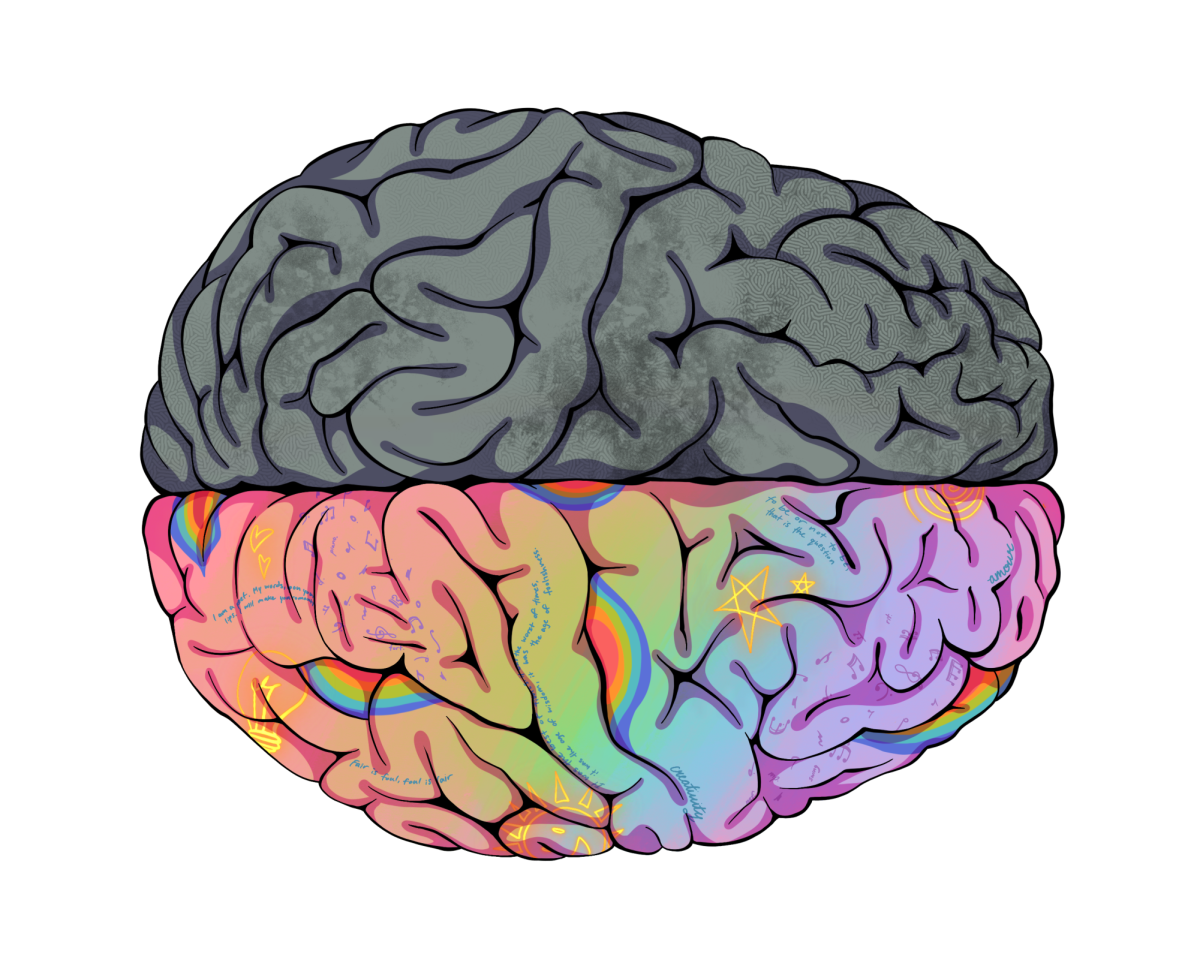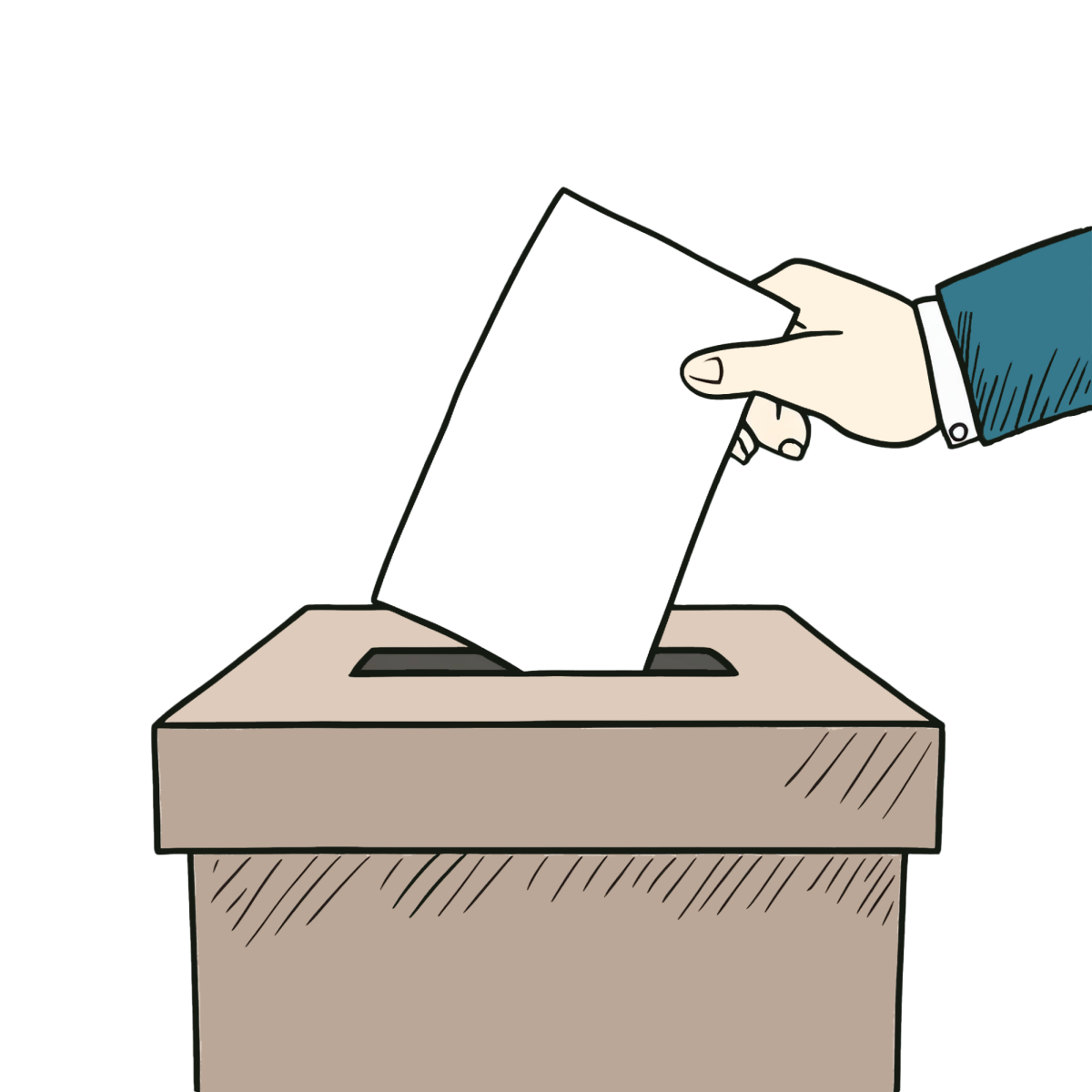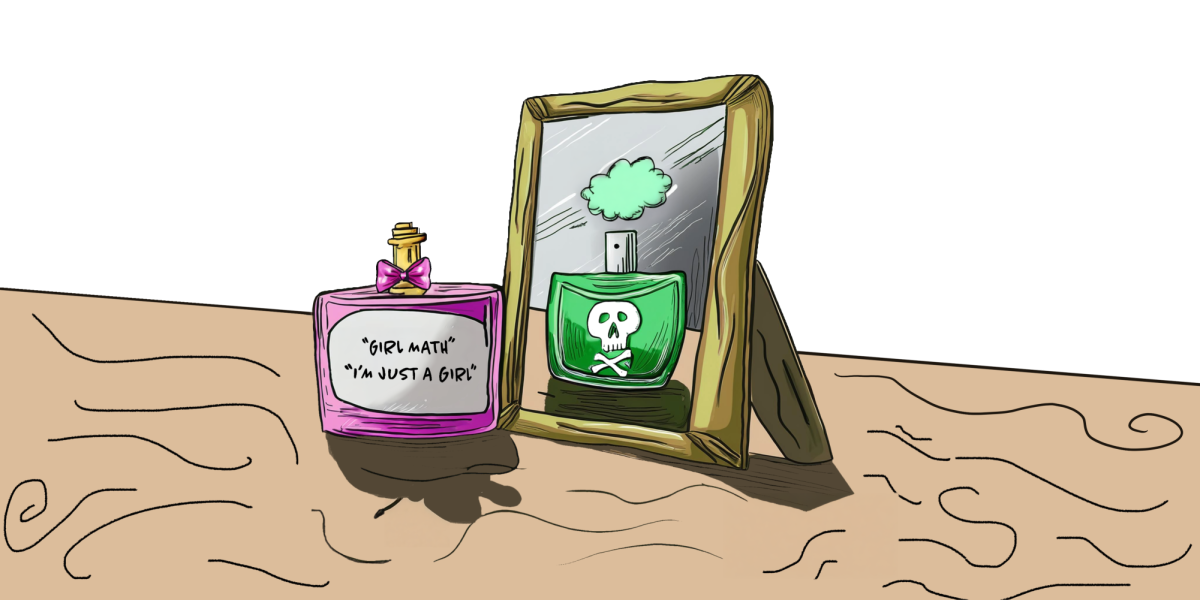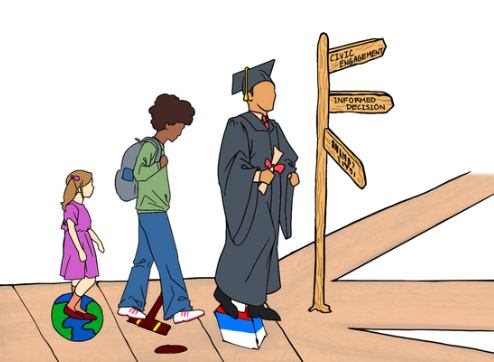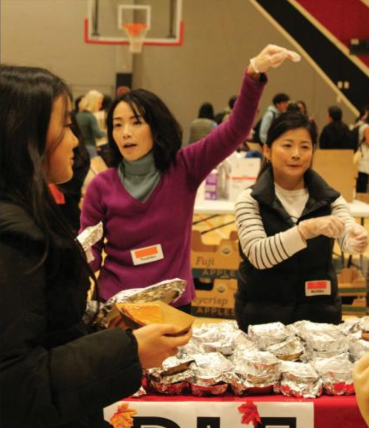Written by Alex Dersh
The headline: “Leading Presidential Candidates engage in Twitter War.” I never thought I’d hear that about a presidential election. Technology like Snapchat, Twitter and Instagram is being used by candidates to connect with younger voters, project a friendlier image of themselves and seem more “hip” and tech-savvy. Yet this pandering doesn’t succeed in its goal of attracting young voters; just ask selfie-taking Hillary Clinton, who is as unpopular with young voters as tapioca or adult diapers. And I’m not convinced that Twitter-bot Donald Trump is doing himself any favors with his hashtagged broadsides against his Republican rivals.
American youth don’t support candidates because of these tricks and cliche?s; young voters aren’t so tuned out of politics, and they don’t decide who to support based on these displays. They’re an independent and diverse group of people who are not driven to vote based on how many Snapchats they receive from a campaign. Their choices are primarily based on their ideological tendencies and hostilities to establishment politics. Likewise, subjective candidate traits like “authenticity,” “likeability” and whether you’d like to have a beer with them are not decisive factors in how they vote; ideological preference for a candidate trumps relatability.
Young voters are more sympathetic to candidates who are not of the mainstream: Pew Research shows that more young people have favorable views of the terms “socialism” and “libertarianism,” and more are bucking the traditional labels of “liberal” and “conservative.” The reason for this is that many young voters, especially those on the left, feel increasingly unrepresented by the party establishments.
It is young people who are driving activist movements of today, such as Black Lives Matter and the campaigns of Bernie Sanders and Ron Paul. Before them, the young people of the 1960s infamously took part in activism and protests for civil rights. Each generation has many examples where young liberal voters feel alienated by their leaders, and as a new generation of young people emerges, those that were once rebelling in their youth become the new establishment. Hillary Clinton is a good example of this: in her college years she spoke out for civil rights, striking an anti-status-quo tone; 50 years later, she is the new establishment, being challenged by a young liberal Democratic base.
Young people’s support for anti-establishment politicians has been clear this election cycle. In the Democratic primaries between Clinton and Sanders, Clinton has won voters over 45 in nearly all contests, while losing those under 45 in just as many. In Illinois for example, she lost voters under 45 by 40 points, but won those over 45 by 27. On the Republican side, Jeb Bush did much better with older voters than younger ones; Donald Trump the opposite. And in 2012, Paul was famously popular with young Independents and libertarians.
Young people aren’t a monolithic bloc to be pandered to; many care deeply about the issues and hold nuanced positions and opinions that are hard to pigeonhole. However, a common theme in their voting patterns reveals an affinity for outsider politicians and outsider politics. They seek to challenge the establishment, shake things up in our society and government and advocate for issues like justice and equality for the disadvantaged. This theme pops up again and again for the young people of every generation. As for ours, we are no exception.






